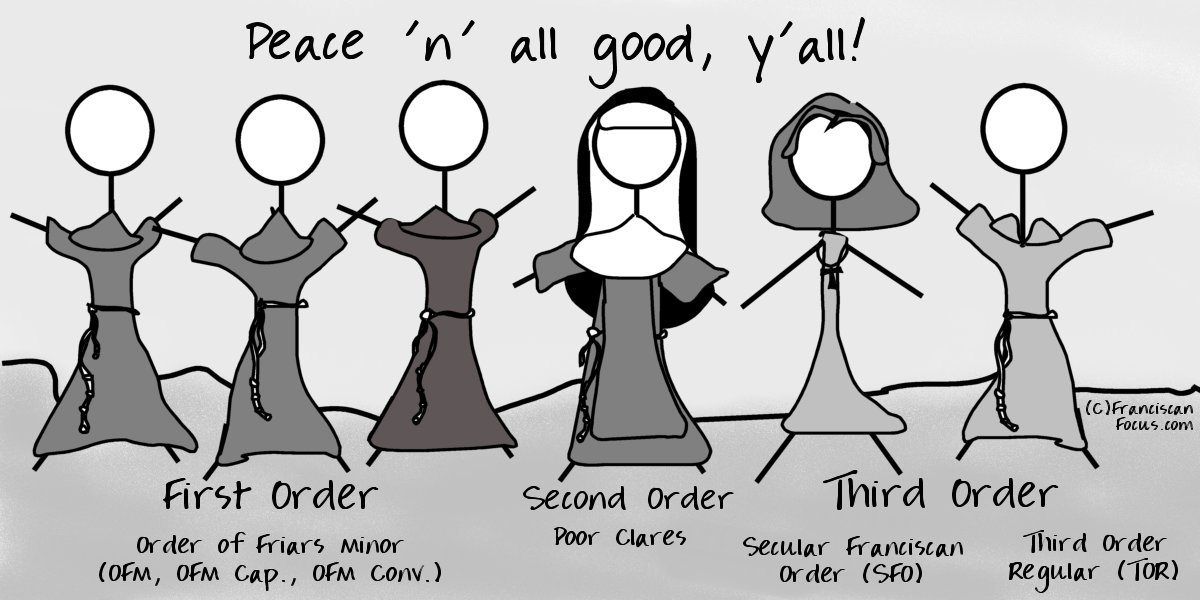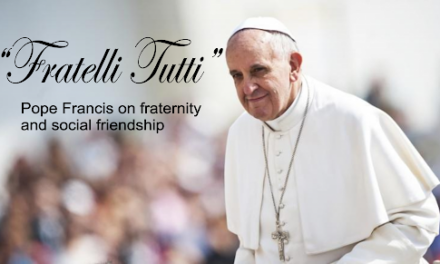December 20. The Franciscan way. Francis used to praise God the Artist in every one of God’s works. Whatever joy he found he referred to their maker. Everything cried out to him, “He who made us is infinitely good!’ He called animals “brother” or “sister,” and he exhorted them to praise God. He would go through the streets, inviting everyone to sing with him. And one time when he came upon an almond tree, he said, ‘Brother Almond, speak to me of God.” And the almond tree blossomed. Saint Francis Assisi can do this for us once we are caught up in his life and teachings. He makes us blossom, wherever and whoever we are, because we see, in Francis, what could happen to us if we embrace the overflowing goodness of God revealed in everything that exists and so experience God’s joy.
Francis began his pilgrim journey of conversion alone, after his release from captivity as a prisoner-of-war. He was no longer interested in his friends, wealth and a good life. He lived as a beggar for some time while physically rebuilding the abandoned church at San Damiano. Gradually other men and some former friends came to join him. Clare was one of his early followers. As numbers grew some organisation became necessary. He wrote a simple but strict rule based on the gospel and was able to get approval of his rule for his friars from Pope Innocent III after they travelled to Rome in 1209. Clare’s community of sisters was founded not much later but received approval only on her death-bed.
The various branches of the Franciscan Friars (men) are known as the First Order of St Francis. Clare formed a community of contemplative nuns known as the Second Order of St Francis.
During his lifetime, many married men and women and even clergy and hermits were drawn to the vision of life offered by Francis, but due to their life commitments they were not able to enter the Friars Minor or the Poor Clares. For this reason, he founded a way of life to which married men and women, as well as the singles and the secular clergy, could belong and live according to the Gospel. This became the Third Order. While the Third Order grew and developed down the centuries groups in the Church were founded for missionary, medical, teaching and other apostolic works. Many of these later groups followed a Rule of Life based on the Third order. Which now has two distinct branches. Ordinary lay people belong to the Secular Franciscan Order. In South Africa they come from every background and all over the country. They are grouped into local Fraternities and meet regularly for prayer and mission. Religious communities inspired by Saints Francis and Clare who also chose to follow the Rule of the Franciscan Third order are now known as Third Order Regular and in South Africa there are sixteen congregations of sisters and a group of brothers. Apart from that there are also thousands of youth and adults with devotion to St Francis without an formal connection.
The Little Flowers of St Francis, contains stories of many of the lives and activities of other brothers of the time.. Many were saintly men, while being human they also experienced difficulties within their own community and in their preaching ministry in the world. Francis himself withdrew from leadership towards the end of his life.
Scripture. I am the handmaid of the Lord, let it be to me according to your word. And the angel departed from her.” Luke 1-26-38. Pope Francis: If there is no transcendent truth in obedience to which man achieves his full identity, then there is no sure principle for guaranteeing just relations between people. FT 273.







Recent Comments